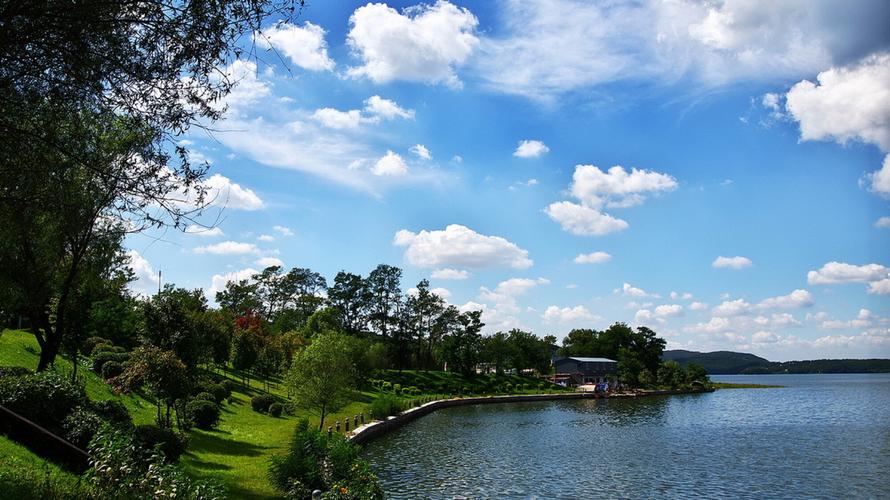The Philippines is a country with a rich and diverse culture. From its colorful festivals to its vibrant traditions, the country’s customs and beliefs are as unique as they are fascinating. Exploring the richness of Filipino culture can not only help us appreciate its beauty but also learn valuable lessons that we can incorporate into our lives. In this article, we take a deep dive into the customs, traditions, and beliefs that make Filipino culture stand out.
One of the most prominent aspects of Filipino culture is its hospitality. Filipinos are well-known for their warm and welcoming nature, and it is often said that guests are treated like royalty. This hospitality is deeply ingrained in Filipino customs and is manifested in various ways, from the famous Bayanihan (community spirit) where everyone pitches in to help a neighbor move to the close-knit, affectionate family structures. Filipino hospitality is an age-old value that continues to be a defining feature of the country’s culture.
Another fascinating aspect of Filipino culture is its cuisine. The country’s food is a fusion of various influences, with Chinese, Spanish, and Malay flavors all mingling to create unique and delicious dishes. Adobo, a tangy and savory stew made with meat, vinegar, and soy sauce, is one of the most popular Filipino dishes. Filipinos also love their street food, with delicacies such as balut (developing duck embryo) and kwek-kwek (deep-fried quail eggs) being firm favorites. Filipino cuisine is not only delicious but also provides insight into the country’s history and cultural heritage.
Religion is a significant part of Filipino culture, with over 80% of the population belonging to the Roman Catholic faith. Religion plays a vital role in shaping the customs and traditions of the Philippines. For instance, the country celebrates Christmas, which is a highly religious holiday, with countless parades, decorations, and festivities. Holy Week is also a momentous event, with people engaging in various religious rites, culminating in the grand procession, the Senakulo.
Another aspect of Filipino culture that stands out is its music and dance. Filipinos are natural performers and love to express themselves through dance and music. Traditional folk dances, such as Tinikling (bamboo dance), Pandanggo sa Ilaw (dance with light), and Maglalatik (war dance), are vibrant, colorful, and full of energy. The country also has a rich history of music, with genres such as Kundiman influencing Filipino musicians and performers to date.
In conclusion, exploring the richness of Filipino culture brings to light a fascinating world full of customs, traditions, and beliefs that offer valuable insights into the country’s history and people. Hospitality, cuisine, religion, and music and dance are just a few aspects of Filipino culture that make it unique and captivating. By learning about these cultural facets, we can gain a better understanding of the Filipino people and their way of life.
(Note: Do you have knowledge or insights to share? Unlock new opportunities and expand your reach by joining our authors team. Click Registration to join us and share your expertise with our readers.)
Speech tips:
Please note that any statements involving politics will not be approved.
